Role of Art in Montreal
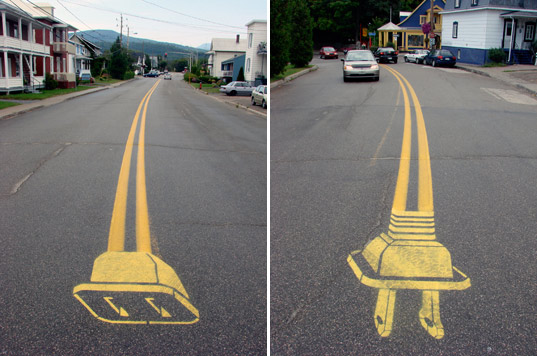
In 2003, the city of
Montreal set in place its first cultural policy in which the municipal
government affirmed that culture is a driving force behind city development. The issue? Should Francophone artists
be the sole representatives of Montreal culture? What about Anglophone artists?
As you commute through the city, it is evident that art is an important
aspect of Montreal as a cultural city. From the 1970's onwards, the city has
seen the growth of cultural events and activities, exhibitions and
festivals, and cultural organizations that now represent the cultural landscape
of the city. However, the programs in place to support the arts
are inclined towards Francophone artists.
Independent arts centres are a unique characteristic of Quebec and Montreal's
cultural environment. This ideology has been established in Canada and in
Montreal following example of similar artistic productive framework developed
i.e in Now York (Soho District). A primary example of these are centres
appeared in Toronto and Montreal at the end of the 1960's; artistic spaces were
set up to represent the political, cultural and gender movements such as the
women emancipation movement. During the 1970's these spaces were free in
independent galleries managed by a collective of artists. The independent
galleries aimed to promote a contemporary style--art of the moment. These
spaces were financially supported by the collective itself and through some
levels of institutional support.
Quebec's Quiet Revolution began in the early 1960's and lasted until the end of
the 1970's. This time was a period of dramatic social and political change, for
the general public and artists. These years saw the decline of the American
supremacy in the provincial economy and of the Roman Catholic Church's
influence in the social sphere. It was also a time that saw the expansion of
emerging Quebec companies such as Hydro-Qubec and the emergence of separatist
political movements that strained ties between the French culture based
province of Quebec and the rest of English Canada. These changes influenced
the social environment of Montreal and struck a particular interest to the
artistic community. The Quebec government during and after the revolution where
looking to foster the sense of place and aimed to re-build its own identity.
It's for these reasons that the Quebec government started to explore the idea
of independents art spaces, as local artists looking to promote contemporary
art that constituted these spaces. The political idea was to
encourage the creation of cultural identity for Quebec by Quebecois artists and
artworks connected to the local territory.
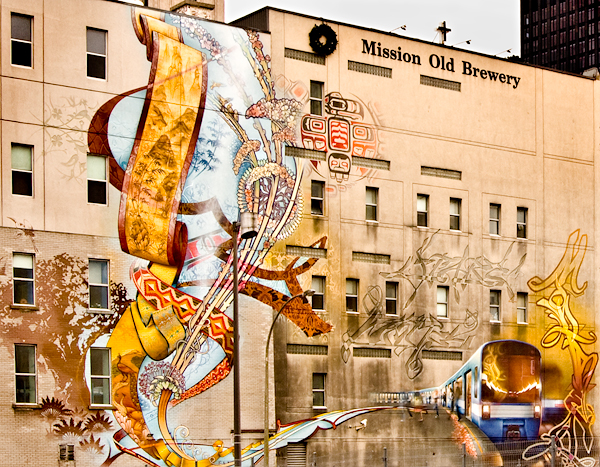
During the 1970's
and 1980's Montreal suffered from an economical crisis that saw the loss of the
city's industrial sectors such as fur and timber laboratories. The closing of
these art galleries left huge spaces that were affordable for budding
artists. It was a fitting choice for artists' collectives to take over these
abandoned spaces. These large spaces promoted a wide array of creative
practices and ideas to fuse under one roof and also allowed for
cross-fertilization amongst altering art techniques and styles.
An artist co-operative is a democratic organization controlled by the people
who it is formed by. It is usually a not-for-profit organization that is more
focused on creative sectors rather than the commercial gain. While in the
1970's when artistic spaces were set up to represent the political, cultural
and gender movements of the times; Anglophone artists living in Quebec in 2010
are doing a similar
thing. Being minorities, their artistic voice is an integral one just as
feminine voices were in the 70's.
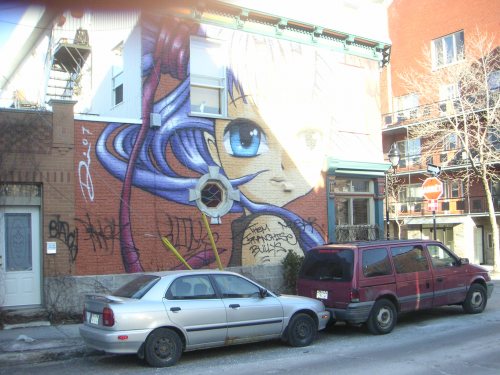
From the end of the19th century, schools or academias no longer open the door to a career in art. Today, artists have to promote their practice primarily on their own initiative, assisted by local gallery space. This is a difficult task for Anglophone graduates in a pro-Francophone society. This artistic promotion is much more effective while done in groups of people. Having a strong, diverse artistitic community that can work together to run a successful movement are more likely to become an important asset of that certain community. The combination of artists, galleries, event planners, music, designers, curators, etc., artist-lead initiatives can begin to make sense of what separates us, what makes us unique, but also what merges us - what common ground we share.
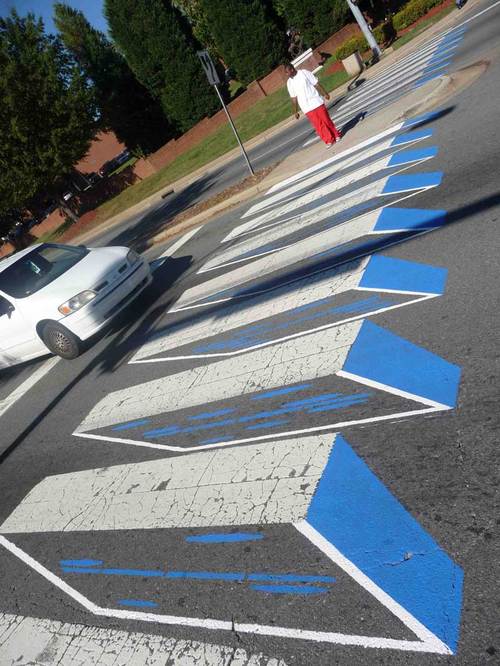 Works Cited
Works CitedFlorida, R., Stolarick K. and Musante, L., 2005 Montreal Capacity for Creative Connectivity: Outlook & Opportunities, Metropolitan Montreal, Montreal.
Kelly, Ann Niamh. "Alternative, Mainstream, Mainstream Alternatives: The Viability of the Artist-Led Initiative. Circa Art Magazine, vol 47, 1999. 23-24. RCAAQ, 2001, Directory of Artist-Run Centres in Quebec and Canada, ABC
Art Books, Canada.
Sacco, P.L., Tavano Blessi, G. and Madden, C., 2006, "Cultural Ministry
and/or Arts Council? Which instrument for an effective cultural policy for post-industrial societies?" Paper Presented at
the International Conference on Cultural Policy Research, Vienna, 13-15, July 2005.
Tayler, F., 2005, "Artist, Publications, Artist-Run Centres and Alternative distribution in Canada", Art Library Journal, vol 2, 2005.
Throsby, D. 1999. "Cultural capital", Journal of Cultural Economics, 23, 3-12.
[1] The cultural policy strategy is available online at www.ville.montreal.qc.ca/culture.
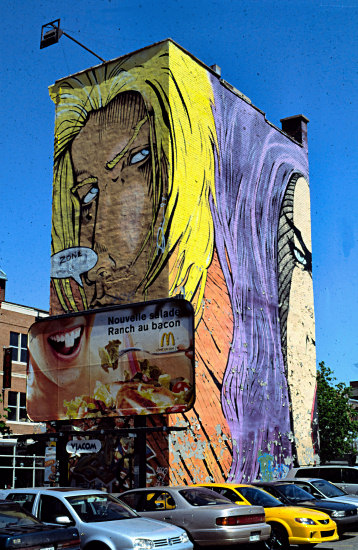

Leave a comment